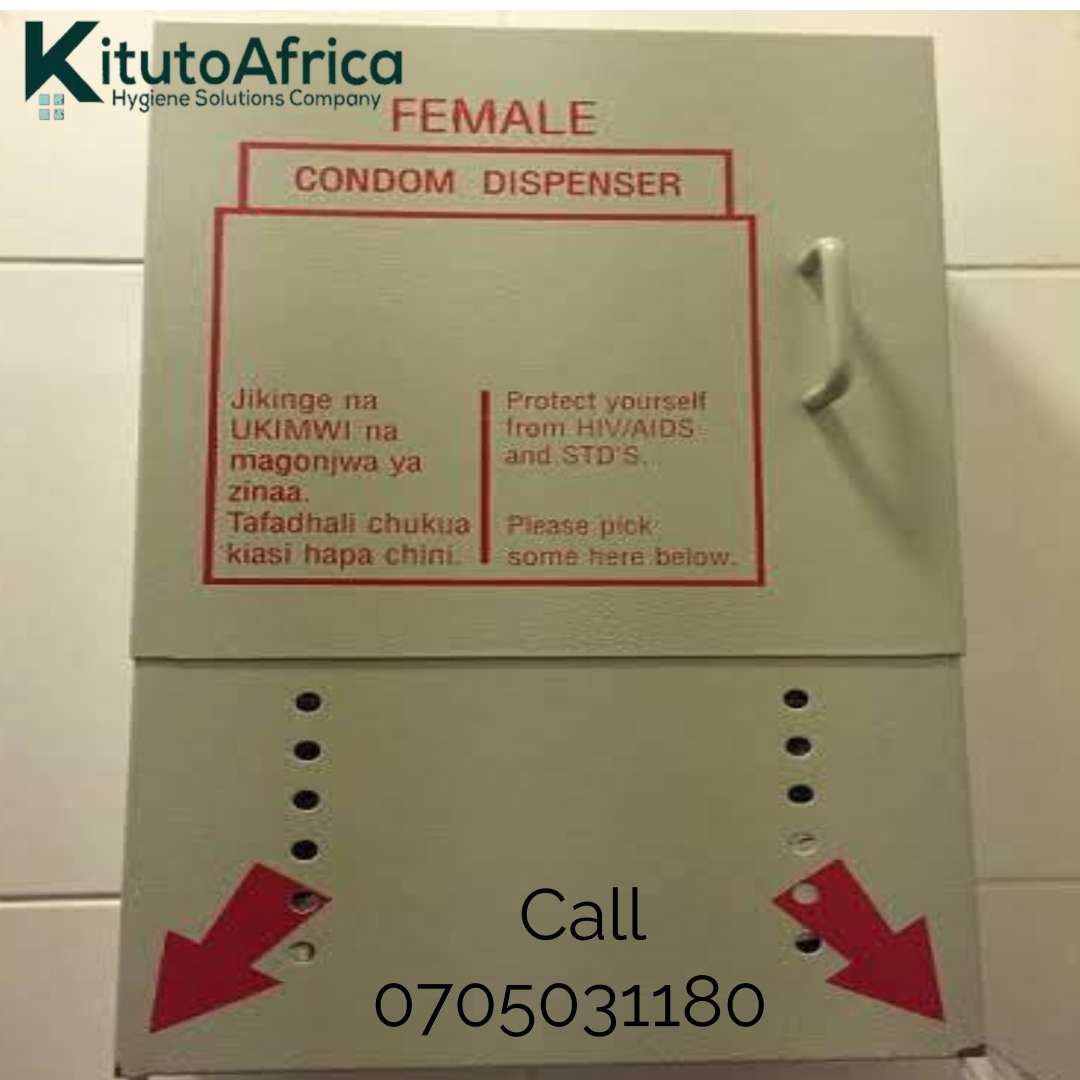Description
Male and Female Condom Dispensers
Condom dispensers are devices designed to distribute condoms in various settings, such as public restrooms, bars, clubs, health centers, educational institutions, and workplaces. They aim to promote safe sex practices by making condoms readily accessible, thereby helping to reduce the transmission of sexually transmitted infections (STIs) and preventing unwanted pregnancies.
Types of Condom Dispensers
1. Wall-Mounted Dispensers: These are typically installed in restrooms or public areas. They can be mechanical or electronic, with some requiring a coin or token to dispense a condom, while others offer free access.
2. Portable Dispensers: These are smaller and can be placed on countertops or other surfaces. They are often used in health clinics or educational institutions.
3. Vending Machines: Often found in public places like bars and nightclubs, these machines may offer a variety of condom brands and types, sometimes along with other sexual health products.
Benefits of Condom Dispensers
1. Increased Accessibility: By placing dispensers in convenient locations, individuals can easily obtain condoms, which promotes consistent use.
2. Privacy: Dispensers provide a discreet way for people to obtain condoms without having to ask someone directly, reducing potential embarrassment.
3. Promotion of Safe Sex: The presence of condom dispensers serves as a constant reminder of the importance of safe sex, encouraging responsible behavior.
4. Public Health Impact: Wider availability of condoms can lead to a decrease in STI rates and unintended pregnancies, benefiting overall public health.
Considerations for Implementation
1. Location: Dispensers should be placed in areas with high foot traffic and where privacy can be maintained. Restrooms, dormitories, and community centers are ideal locations.
2. Cost and Maintenance: It’s essential to consider the initial cost of the dispensers, ongoing costs for stocking condoms, and regular maintenance to ensure they remain functional.
3. Educational Support: Providing information about correct condom use and sexual health alongside dispensers can enhance their effectiveness.
4. Community Acceptance: Engaging with community members and stakeholders is crucial to ensure acceptance and proper utilization of the dispensers.
Conclusion
Condom dispensers are an effective tool for promoting sexual health and responsible behavior. By making condoms easily accessible in a discreet and convenient manner, these dispensers play a vital role in public health strategies aimed at reducing STIs and unplanned pregnancies. Proper placement, maintenance, and community engagement are key to their success.



Reviews
There are no reviews yet.